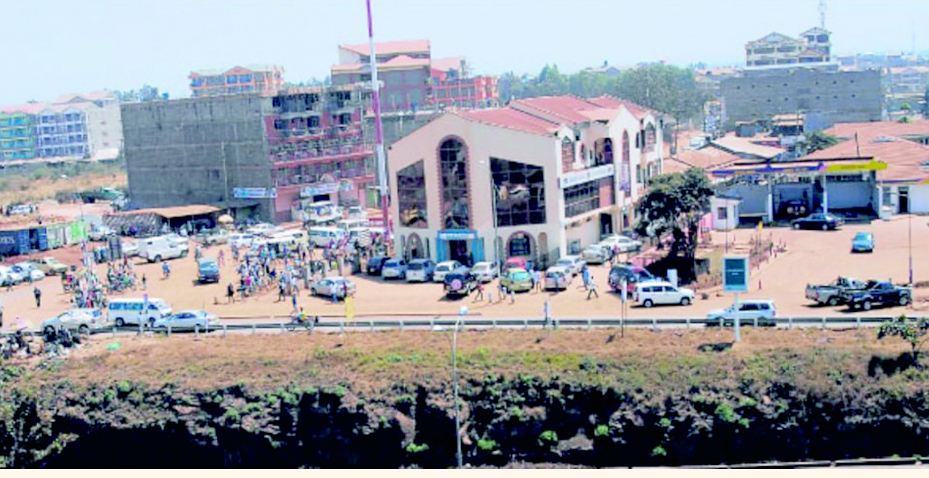Nairobi satellite town lands price jump 3pc in Q3 2024
By Cynthia Atuo, October 25, 2024Land in Nairobi’s satellite towns is becoming increasingly competitive as the areas catch up with the real estate trends in upmarket areas, driving up prices.
Traditionally known for their affordability, satellite towns are now experiencing significant land price growth, even outpacing the city’s leafy suburbs.
According to Hass Consult’s recent land price index for the third quarter, land prices in satellite towns rose by 3.01 per cent on average, a sharp increase from the previous quarter’s 2.24 per cent.
Areas such as Mlolongo, Thika, Syokimau, Kiserian, and Limuru showed particularly strong price growth. Mlolongo led with a 6.6 per cent increase, followed by Thika at 6.3 per cent, and Kiserian at 4.7 per cent.
This growth is attributed to attractive pricing levels and ongoing infrastructure development in these regions.
Over the past year, Syokimau, Limuru, and Mlolongo experienced price increases of 18 to 18.5 per cent, making them appealing investment opportunities. Mlolongo, in particular, recorded the highest quarterly and annual price increases of 6.58 and 18.49 per cent, respectively.
However, not all satellite towns have seen such rapid growth. Ruaka and Ongata Rongai reported the lowest quarterly and annual land price increases.
Despite this, “Nairobi satellite towns has also been growing at an annual rate that rivals the returns from other competing asset classes such as bonds and shares at the Nairobi Securities Exchange (NSE),” stated the report.
In contrast, Nairobi’s traditional suburbs have experienced more modest growth, with an average increase of just 1.6 per cent. Parklands saw the highest quarterly land price growth at 3.4 per cent, followed by Kileleshwa and Lavington with 2.9 and 2.8 per cent, respectively.
Dffluent residents,
Spring Valley, however, posted the highest annual growth of 13.49 per cent. Meanwhile, areas like Kitisuru and Kilimani, known for their affluent residents, saw the lowest quarterly and annual land price increases.
Sakina Hassanali, Head of Development Consulting and Research at HassConsult, explained that the leading suburbs are now hotspots for apartment and mixed-use developments, driving demand and price increases.
The growing popularity of satellite towns is fuelled by several factors. As Nairobi’s middle class expands, more people are seeking affordable housing options, which satellite towns provide.
These areas offer more space at lower prices, making them attractive for developers and investors looking for cost-effective opportunities. Additionally, ongoing infrastructure projects, such as road expansions and the Nairobi Expressway, have improved accessibility to these towns, further increasing their appeal.
Mlolongo, for instance, has benefited from the Nairobi Expressway, which makes commuting easier. The town’s mix of residential and industrial developments has sustained demand for land.
Satellite towns, unlike organically grown suburbs, are often carefully planned, with urban planners addressing housing shortages, traffic congestion, and environmental concerns.
Thika, for example, is seeing increased developer interest following the county government’s announcement of a new master plan to transform it into an industrial smart city.
More Articles

